How to plant peach tree in Zone 4?
mark_roeder 4B NE Iowa
14 years ago
Featured Answer
Sort by:Oldest
Comments (12)
hines
14 years agolast modified: 9 years agomark_roeder 4B NE Iowa
14 years agolast modified: 9 years agoRelated Discussions
Zones 4/5...who has peaches?
Comments (47)Hi, I am looking for larger Contender peach stock, they announced that they will grow, hopefully, for me on my farm. when I contacted my supplier, they said it would be 2-3 years before they can get me some trees. (No, don't send me to the 'Big catalog' companies. deep adversion to their products. I had some of the new MINNESOTA SNOWSWEET apple trees this spring, and some have fruit started, will leave one or two apples per tree. I know i shouldn't, but I have waited a long time for them. Very late spring, I am about halfway between St. Paul, Minnesota and Lake Superior! after last summers extreme drought, am looking forward to a good crop. I am also looking for some GINGER GOLD apple trees. If you are in the 'northern' climes, I hope you have checked out the Zestar from the U of M. I have had 3 smaller crops from mine, fantastic. I put in some Prarie Magic trees this spring too. Deer, bear, and little old ladies from town do in most of my crop. Can't resist a challenge. Anyway, after running into fresh Colorado peaches at Gilettte, Wyoming last summer, I am hooked, and want to get some going before it is too late for this old farm boy. Never knew a peach could taste so good. Our pears, plums, and apples are about 2 weeks behind, due to late spring. so if you can direct me to a grower of good peach and apple stock, thanks. George...See MorePlanting new peach and apple trees - How to?
Comments (10)A planting hole really depends on the soil. I have seen some soil so incredibly rich and friable that you literally dig a hole big enough for the root ball and drop it in. For heavy clay, the digging out 4 feet is likely a good idea to get the initial soil loose for the growing roots to spread out. Tamping works (to remove air pockets) [you can use the shovel handle] BUT since you dug out the hole to loosen the dirt why would you want to compress the soil back around the roots? It seems a better method is to shake the tree in th esoil filled hole back and forth slightly up and down (vibrate it) while filling the hole with water. This collapses any air pockets without compressing the soil. As for depth, it is at worst as deep as the root flare. The rule is a couple of inches shy of the root flare height so the tree will settle in and NOT be below grade. A tree planted above grade is fine, below grade (too deep) will ultimately die from it. Heavy clay means water retention, slow and wide water infiltration and long watering to get the water to penetrate down three feet as needed. If your area has problems with root rot you might consider raised bed planting. Do not water too frequently or anaerobic conditions will develop which will kill the tree. I never stake trees. I especially see no need in heavy soil...it should hold. If you do, two wooden stakes planted outside the root ball, perpendicular to the prevailing winds at the time of planting. Measure about where you think the support should be applied and it should likely be LOOSELY tied about 2/3rds the way down from where you figured it should be tied. Just my experience. You want the lower trunk to not move but the greater part of the the upper to freely move. Lastly, after it is tied saw off the stakes a few inches above the ties; this prevents the tree from beating itself against the stakes. Tie the tree off with nursery tape or some other binding that will not cut into the trunk. The tree's roots should have grown out in 6-12 weeks and allow removal of the stakes but if you want you can leave them in until the tree goes dormant before removal. Just remember the longer the tree is staked the wimpier the trunk. I like to soak bare roots in a garbage pail for at least 2 hours, overnight or up to 24 hours (what ever is convenient) right before planting to rehydrate the roots. Some nurseries do not think this is needed. I don't see how it hurts. I use Superthrive now to soak the trees as it appears to actually improve recovery which really surprised me. Your local planting traditions apply: Test drainage? Orient the graft junction in a specific orientation? Paint the trees? Supplements? (I suspect this is a bad idea anywhere since trees must grow into areas without the supplementation eventually but I leave it to local wisdom generally provided......See MoreZone 4 peaches nectarines ? Do they actually exsist
Comments (14)AH I remember you asking this a week or so ago matt... One thing I will mention. Im assuming you are in Calgary or lethbridge. Please be careful with the zone ratings there. Calgary is rated zone 3/4, and I was there when it was -43C before the windchill (thermometer and the weather channel both confirmed this). That will definitely kill your peach tree, or most fruit trees for that matter. The same goes with peach trees hardiness. They seem to be hardy to southern zone 5, which is slightly different then our zone 5. The duration of the cold down south is nothing compared to alberta, where I have seen at least 3 weeks of -30C consecutively. Ive been researching this same question for a while now (im in zone 4, near a lake which moderates the temps). One of the best things you can do, is keep the tree cold there. The chinooks followed by the falling temps will cause the trunk to split. Again, I remember weeks where the temp went from -20C to 15C in 2 hours. IF you keep the sun off of it, you help keep the trunk cool, and have a less chance of this happening. From what ive read, that can make or break your chances of growing a peach. I will say this though, Im not trying to discourage you, or say its impossible, just saying its going to be tough. Then again, that makes the end result more rewarding right :D THis might help. ITs the ontario government site for agriculture, and it lists some of the species grown. S ontario is pretty much the furthest north peaches are grown here (of course, besides BC) http://www.omafra.gov.on.ca/english/crops/facts/07-041.htm...See MoreHow do you hybridize trees zone 4-5 to zone 3?
Comments (7)>>I wonder If I graft the japanese maple onto a regular hardy maple in my climate?Grafting I'll use the example of roses here. Just like japanese maples, most roses are not hardy to zones 4 and lower. The are zone 5 and up. Hybrid tea for instance are not hardy but they are grafted onto hardy roots. Unfortuntely, this doesn't make them hardy in zone 4 and down, we have to protect them heavily so they will come back the year after and even then you run the risk of loosing them. Not because the root system is in danger but because the grafted part is. But even if you loose the grafted part during the winter, you still may have roses that will emerge from the root stock, below the grafting point. Of course, they wont be the same hybrid tea that you bought since that part died, but a hardy rose from the plant on which it was grafted. I would say the same rules would apply to japanese maples grafted onto hardy maple roots. You probably know the Explorer Serie roses. These roses are hybrids but are not grafted, they use their own roots to grow from and they are hardy to zone 3 and some to zone 2. I have 5 of them doing very well and they never needed any kind of winter protection and I never even thought about giving them any either (zone 4b QC, Canada). Why is this? The crosses were made between hardy species and/or cultivar from the the start and the breeding was done not to impart hardiness in the first place but to develop other caracteristics such as colors, trailing habits, short plants, diseases resistantce, etc. They probably used less hardy roses in their breeding program to bring in some new genes unvailable otherwise. Hybridizing If you cross two zone 5 plants like two acer palmatum, you'll end up with a bunch of other zone 5 plants. But if you cross a zone 2 plant with a zone 4 plant, you will probably end up with 80% of the plants hardy to zone 3, 10% hardy to zone 4 and 10% hardy to zone 2. Then if you take one of these new zone 3 hardy plant, roses for example and cross it back with a zone 2 rose, you may end up with a 50% zone 3 and 50% zone 2 stock. And if you cross back again one of these new zone 3 rose with a zone 2 rose, you may end up with a 75% zone 2 - 25% zone 3 ratio. These same rules would also apply to maples making crosses between 2 different species, one of them being the japanese maple for the first cross. The difference is here: in the example of roses I took, the desirable plant and the one used in every cross was a zone 2 and the goal was to bring a zone 4 plant to zone 2. With every cross I did I added some zone 2 hardiness to the gene pool. With the japanese maple, we would be working against the odds, the desirable plant and the one that should be used in every cross is a zone 5 plant and that would bring a zone 3 plant to a zone 5 only. And if I added more and more zone 3 maple, I would be loosing more and more of the japanese gene pool. Either way leads you away from the wanted result. And we haven't even said a word about what could be recessive of dominant in these crosses, which is also a very important factor to keep in mind. This can be observed in the new clematis hybrids that are reaching the market these years. Old clematis were hardy in zone 4, but crossing them to warmer growing one has yielded many new very desirable hybrids, but only hardy in zone 5, 6 or even 7. We have gained in beauty but lost in hardiness. In a word I don't think grafting would be successfull in the way you would want it to be. And breeding wouldn't work quite the way you would want either from what I understand from what you said. These are two of the reasons why I said that selection was a much better approach in your case. It is not an easier or shorter one way to do, only a safer one. Hope this helps!...See Moreolpea
14 years agolast modified: 9 years agofranktank232
14 years agolast modified: 9 years agomark_roeder 4B NE Iowa
14 years agolast modified: 9 years agomark_roeder 4B NE Iowa
7 years agoKonrad..just outside of Edmonton Alberta
7 years agolast modified: 7 years agomark_roeder 4B NE Iowa
7 years agoKonrad..just outside of Edmonton Alberta
7 years agomark_roeder 4B NE Iowa
7 years agoKonrad..just outside of Edmonton Alberta
7 years ago
Related Stories
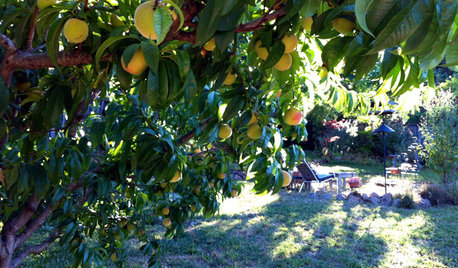
EDIBLE GARDENSHow to Grow Your Own Peaches and Nectarines
Make gardening a little sweeter with these juicy fruits, which you can eat after plucking or preserve for later
Full Story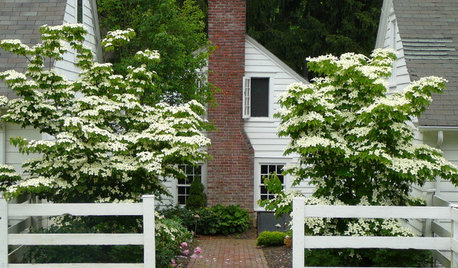
TREES7 Deer-Resistant Flowering Trees to Plant this Fall
If you live in a neighborhood with roaming deer, consider these beautiful trees that won't tempt hungry guests
Full Story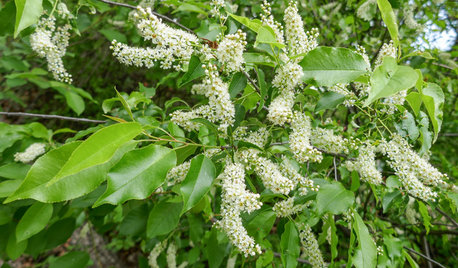
GARDENING GUIDESPlant Black Cherry Trees for the Birds and Bees
Plant Prunus serotina in the Central and Eastern U.S. for spring flowers, interesting bark and beautiful fall color
Full Story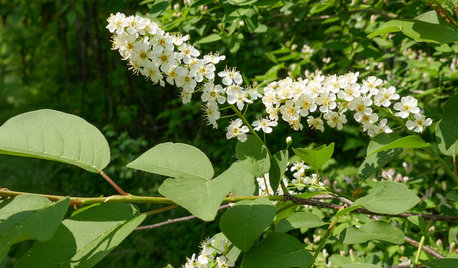
GARDENING GUIDESPrunus Virginiana Thrives Under Deciduous Trees
Plant chokecherry for showy white flowers favored by native bees in spring, and to provide nesting habitat and food for birds
Full Story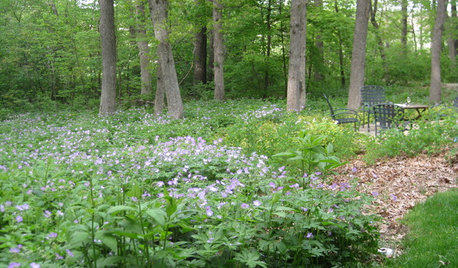
GARDENING GUIDESWe Bust 4 More Native Plant Myths
Have you been taken in by these fallacies about gardening with native plants?
Full Story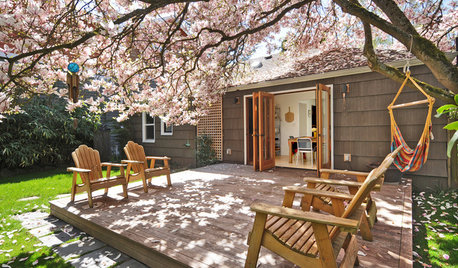
ARBOR DAY8 Reasons to Plant a Great Tree
Beauty is its own reward, but the benefits of planting the right tree in the right place go way beyond looks
Full Story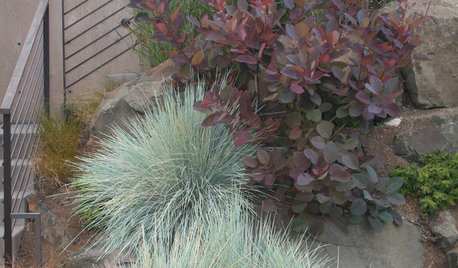
PURPLE FOLIAGEGreat Design Plant: Smoke Tree
Plant a 'Grace' smoke tree for months of red, burgundy and purple foliage and an unusual spring bloom
Full Story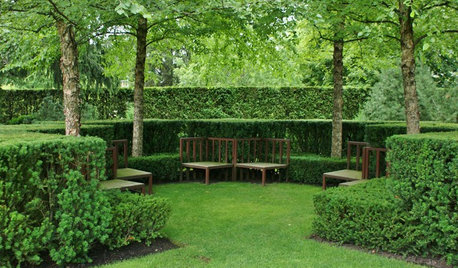
GARDENING GUIDESGrow Your Own Privacy: How to Screen With Plants and Trees
Use living walls to lower your home and garden's exposure while boosting natural beauty in your landscape
Full Story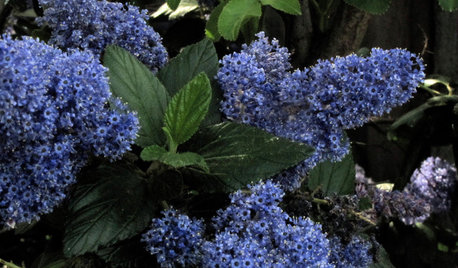
GARDENING GUIDES10 Top California Native Plants, Trees and Grasses
Enjoy a fuss-free, water-wise garden in the Golden State by growing plants naturally in tune with the climate and wildlife
Full Story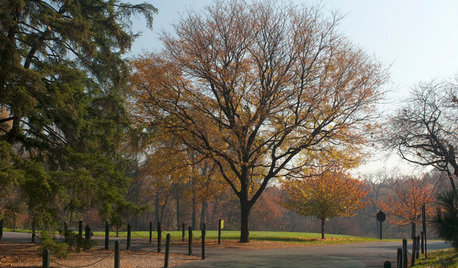
GARDENING GUIDESGreat Design Plant: Honey Locust Tree
No, it doesn't actually produce honey. But its dappled light and tolerant nature are treats in city and country settings alike
Full Story


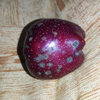
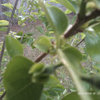
franktank232